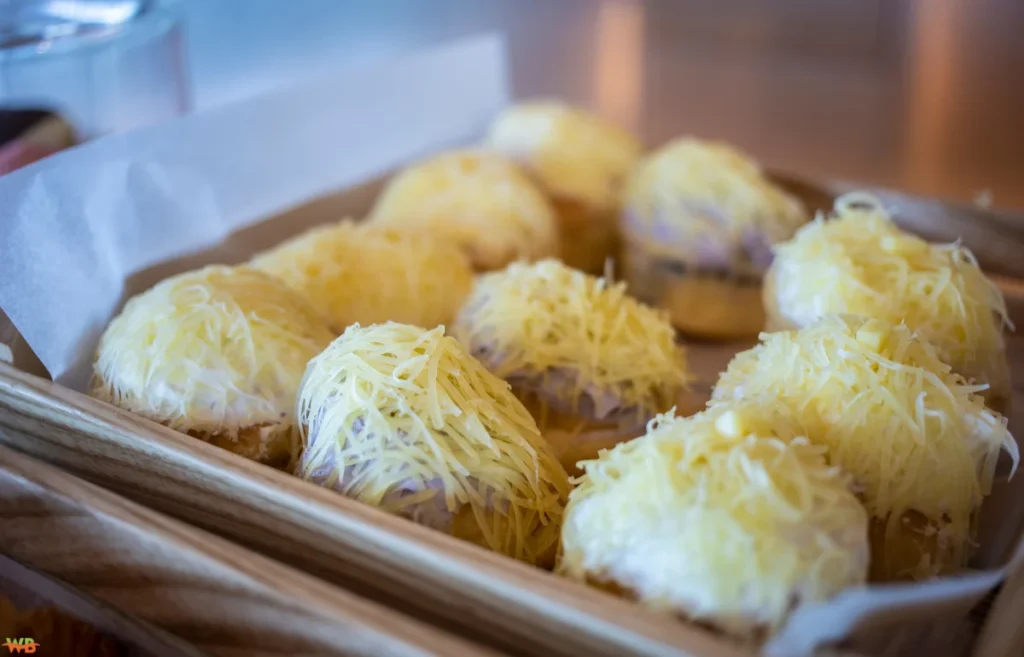
Filipino breads are more than just food—they are a symbol of comfort, culture, and tradition. From the early morning aroma of freshly baked pandesal to the sweet indulgence of ensaymada, these bread varieties have become staples in every Filipino household. Whether you’re living in the Philippines or abroad, the unique flavors of Filipino breads can evoke feelings of nostalgia and bring a slice of home to your table.
Let’s dive into the world of Filipino breads, exploring 17 popular favorites that you can find in local panaderias (bakeries). Along the way, we’ll uncover their cultural significance, their irresistible taste profiles, and tips to recreate them if you’re far from a panaderia.
Why Are Filipino Breads Special?
The distinctiveness of Filipino breads comes from a fusion of indigenous flavors and foreign influences throughout history. Spanish, American, and local traditions meld together to create bread and pastries that are both familiar and unique. Many of these breads are enjoyed during specific times of the day—like pandesal for breakfast or Spanish bread for merienda (afternoon snack).
The affordability and accessibility of these breads make them a favorite among Filipinos. Even in remote areas, small panaderias ensure fresh and warm bread is just a few steps away. These bakeries are more than businesses; they are integral to the community, fostering connections and shared memories.
The Top 17 Filipino Breads and Pastries
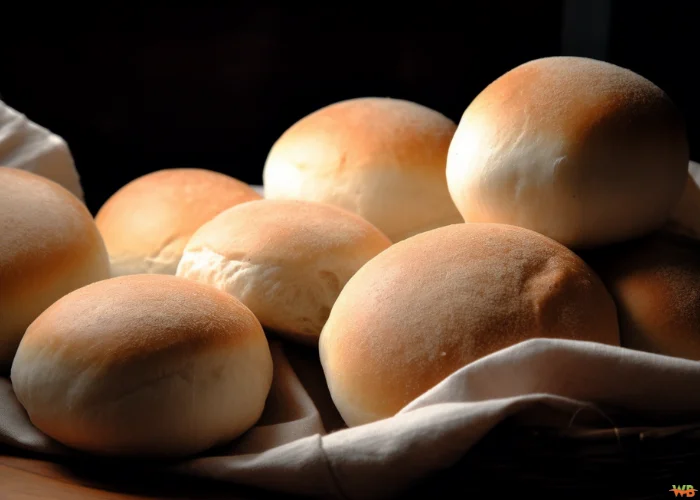
Here’s a closer look at the iconic Filipino breads that you must try.
1. Pandesal
The ultimate Filipino bread, pandesal, literally translates to “bread of salt.” Made with simple ingredients like flour, water, sugar, and yeast, it’s a breakfast staple best paired with butter, cheese, or liver spread. Its soft texture and slightly sweet taste make it a crowd favorite.
2. Ensaymada
This fluffy, coiled bread is the Filipino version of the Spanish ensaimada. Ensaymada is a soft, sweet bread, crowned with butter, sugar, and cheese, often enjoyed as a celebratory treat or a simple indulgence.
3. Spanish Bread
While it carries the name Spanish bread, this pastry is entirely Filipino in character. It features a soft, rolled dough filled with a buttery, sugary filling. Great for savoring with your go-to tea or coffee.
4. Pan de Coco
The inside of Pan de Coco is filled with a sweet coconut mixture, combining grated coconut, butter, and sugar inside a soft, pillowy dough. This coconut-filled delight is a merienda essential and a favorite among coconut lovers.
5. Monay
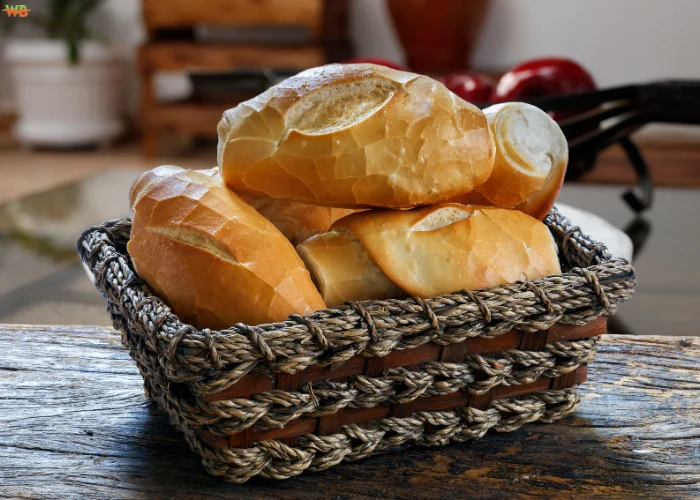
With a denser consistency and a signature crack down the middle, Monay is a bread that can be enjoyed simply or with spreads, making it ideal for any time of day.
6. Putok
A variation of monay, putok is harder and features a cross-shaped crack on top. Its name, which means “explosion,” refers to its distinctive appearance.
7. Pinagong
Shaped like a turtle, pinagong is sweeter and milkier than monay. It’s often a favorite among children for its playful appearance and taste.
8. Cheese Bread
Cheese bread combines the softness of pandesal with a sweet, cheesy topping. It’s an irresistible choice for those who love a hint of savory in their sweet treats.
9. Kababayan
This bread, with a texture similar to a muffin, is a straightforward yet delicious treat. Its name, meaning “fellow countryman,” speaks to its widespread popularity.
10. Filipino Breads: Mamon
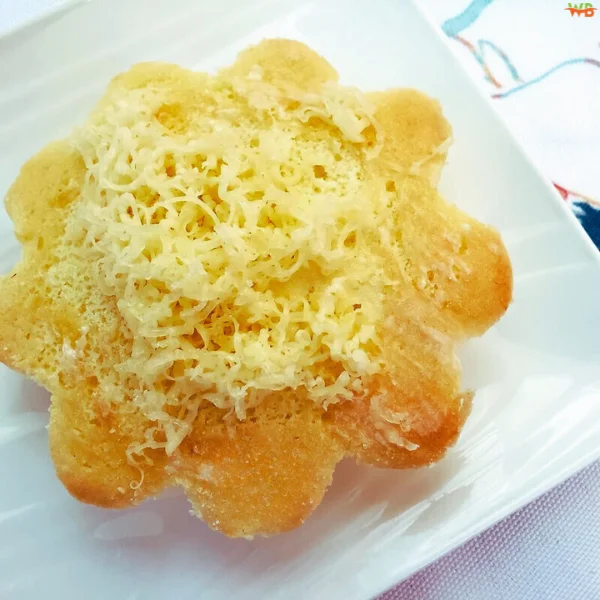
This airy, spongy cake called Mamon is lightly sweet and buttery, often finished with a generous topping of grated cheese. It’s the softest among Filipino breads, making it a hit among all age groups.
11. Tasty (Filipino Sliced Bread)
Filipino-style sliced bread, known as tasty, is a staple for sandwiches. Despite its plain name, it serves as a versatile base for sweet or savory spreads.
12. Kalihim
Also called “pan de regla,” kalihim is a soft bread filled with bright red or purple pudding made from stale bread. With its eye-catching hue and sugary filling, it’s a standout option.
13. Pianono
Pianono features a light, airy sponge cake, rolled up with a creamy butter-sugar filling. Its delicate texture and compact size make it perfect for a quick snack.
14. Inipit
Inipit features two light sponge cakes filled with a smooth, sweet custard. This Filipino delicacy offers a melt-in-your-mouth experience with every bite.
15. Pan de Lemon
With a hint of lemon, this bread is sweetened with a light sprinkle of sugar on top. It’s a refreshing twist on traditional bread options.
16. Bicho-Bicho
Similar to doughnuts, bicho-bicho is deep-fried and coated in sugar. Its chewy texture makes it a favorite for those who enjoy something indulgent.
17. Hopia
Though not a traditional bread, hopia deserves a mention for its flaky crust and sweet fillings, like mung bean or ube. It’s often a crowd favorite during merienda.
How to Enjoy Filipino Breads Anywhere
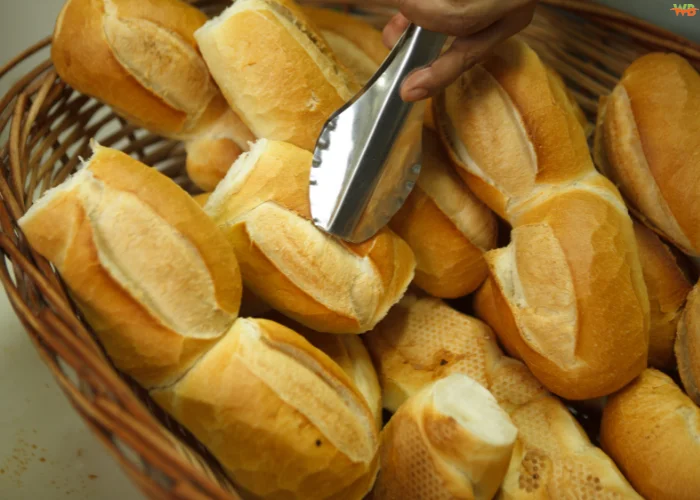
Finding Local Panaderias
If you’re in the Philippines, finding a panaderia is as easy as walking around the neighborhood. These bakeries often operate from dawn to dusk, ensuring fresh bread throughout the day.
Making Filipino Breads at Home
For those abroad, recreating Filipino breads is a rewarding experience. Start with simple recipes like pandesal or ensaymada. Invest in quality ingredients and follow step-by-step guides available online.
Where to Buy Filipino Breads Online
Many Filipino stores and bakeries now ship globally. Look for trusted brands and reviews to ensure you get authentic flavors.
The Cultural Significance of Filipino Breads
More than just a meal, Filipino breads carry the essence of tradition and nostalgia. They remind us of childhood mornings, merienda with friends, and family gatherings. Each flavor evokes nostalgia, offering a link to our past and a celebration of tradition.
If you haven’t explored the world of Filipino breads yet, now is the perfect time. Whether you buy them or bake them, these treats are sure to bring joy to your table.
FAQs About Filipino Breads
1. What are some variations of pandesal I can try?
- While pandesal is a classic Filipino bread, there are several variations to explore. Some bakeries offer stuffed pandesal, with fillings like cheese, chocolate, or even ham. These twists bring a new layer of flavor to the traditional bread, making it perfect for both breakfast and snack time.
2. Can Filipino breads be frozen for later consumption?
- Yes, many Filipino breads, like pandesal and ensaymada, can be frozen to maintain their freshness. Seal the bread in a ziplock bag or airtight container to keep it fresh in the freezer. When ready to enjoy, thaw at room temperature or heat them in the oven to restore their soft texture.
3. How can I make Filipino breads healthier?
- To make Filipino breads healthier, you can substitute some ingredients for lighter alternatives. For example, using whole wheat flour instead of all-purpose flour can boost the fiber content, while reducing sugar and butter can help lower the calorie count. Experiment with healthier fillings or toppings like fruits or reduced-fat cheese.
4. What are some popular fillings for Filipino bread?
- Filipino breads are often filled with sweet or savory ingredients. Some common fillings include coconut (as seen in pan de coco), butter and sugar (as in ensaymada), or red bean paste (found in hopia). Other savory fillings can include cheese, meats, and even vegetables, offering endless possibilities for flavor combinations.
5. How long do Filipino breads stay fresh?
- To preserve the softness and flavor, Filipino breads can be stored in an airtight container and will stay fresh for 2-3 days. If you want to store them longer, freezing is a great way to preserve their quality. If left out for too long, these breads may lose their softness, but warming them up can help restore some of their original texture.